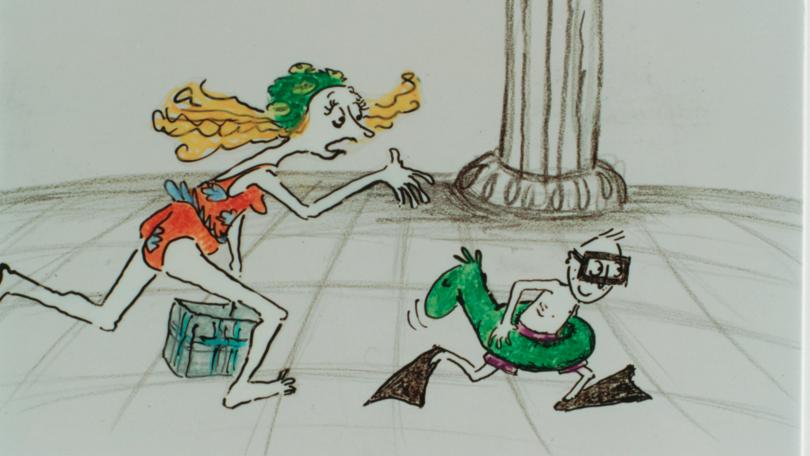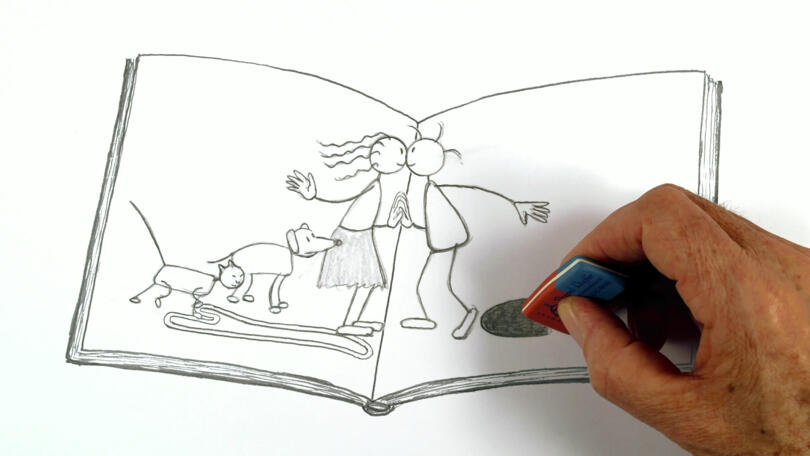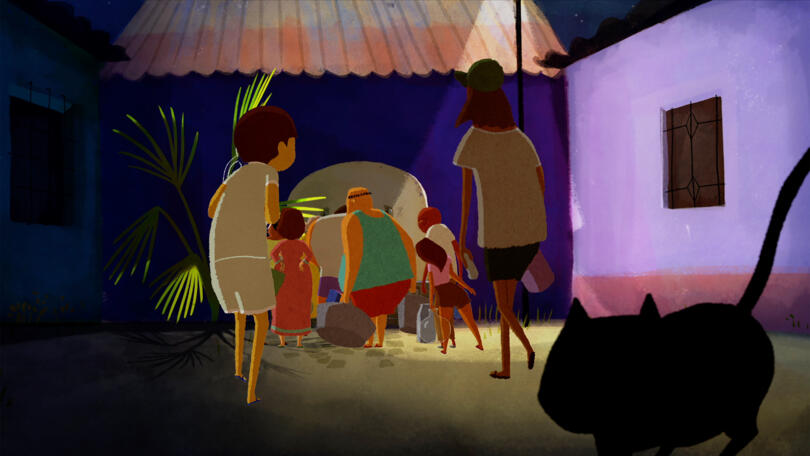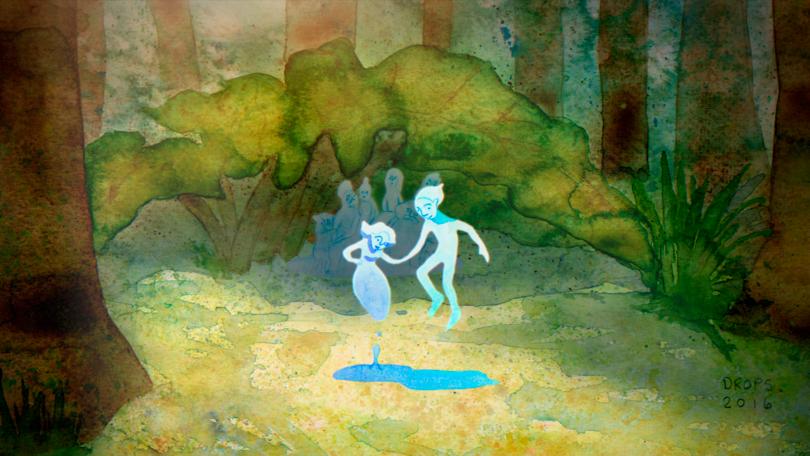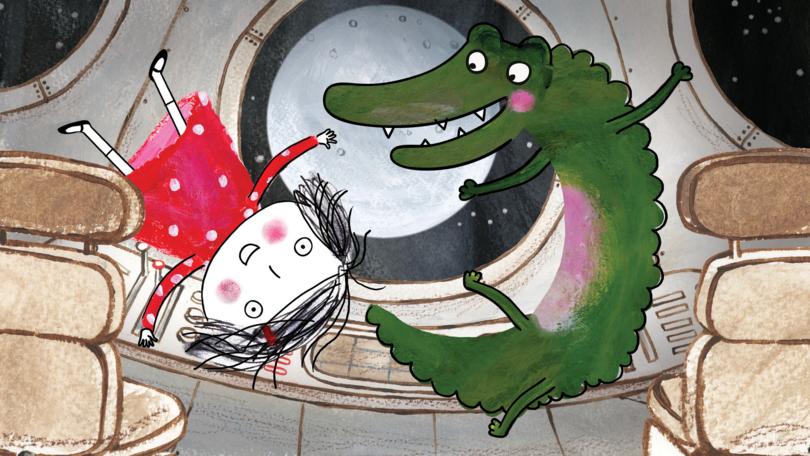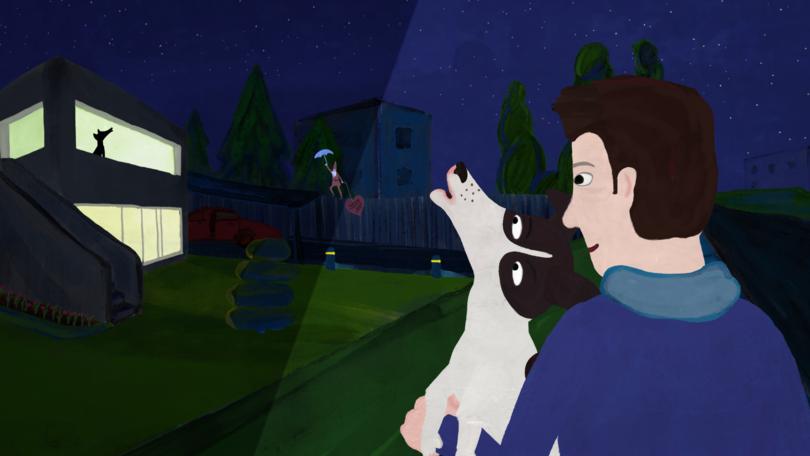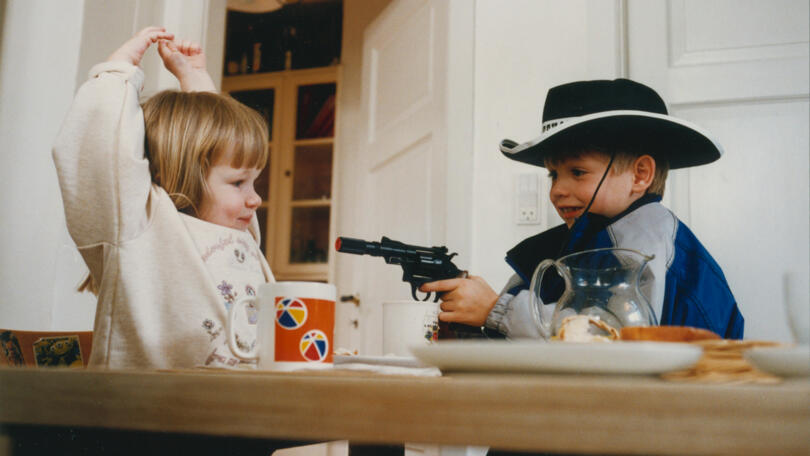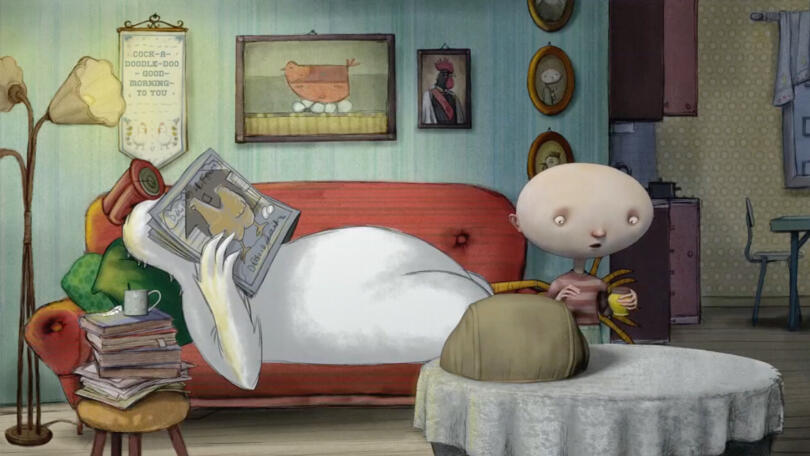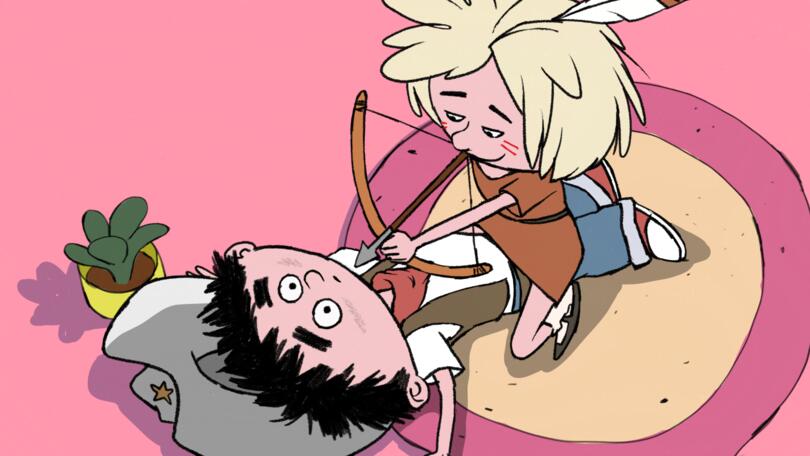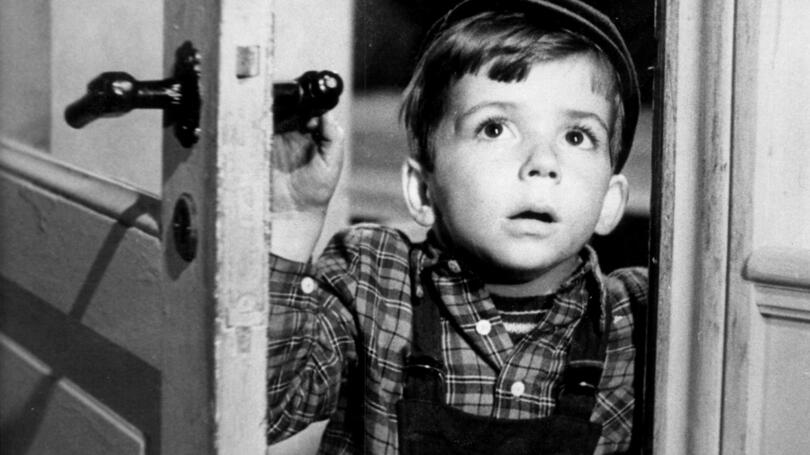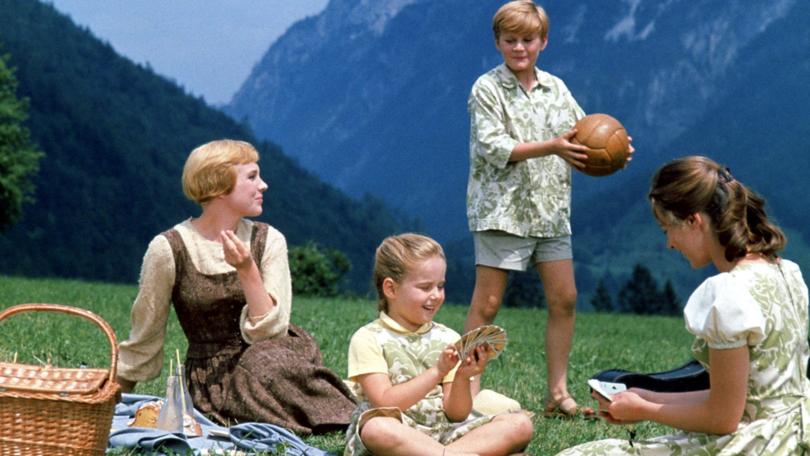What About China? – Event
Drawing from footages shot mostly in 1993–1994 in villages of Eastern and Southern China linked in common lore to the remote origins of China’s civilizations, the film takes the notion of harmony in China as a site of creative manifestation. Highly valued as a virtue and a guiding criterion in ethics, harmony has played an important role in the lives of Chinese people since ancient times. It encompasses the fundamental principles of nature, society and humanity, summing up three main relations: harmony with society; harmony with nature; and harmony with oneself. In the film, "harmony" involves not only the way music fundamentally defines reality, or the way space takes shape and structures daily life, but also the dynamic agents in the ongoing process of safeguarding the “roundness” of a world of social equity. Offering a journey into the wealth of China’s traditional architecture while exploring the hinterlands of self and other in their encounter, the film addresses the process of “harmonising” rural China, due to the country’s Great Uprooting. It seeks to engage the viewer further by asking: What exactly is disappearing? And how?The viewer is invited to fare between ancient wisdom, avant-garde experiment and popular folk acumen as the film taps on the rich realm of affect, featuring a multiplicity of voices and narratives embedded in a rhythmic conversation between the still image and the moving image. Like the ancient painter who dreams of windows, the film and video maker devises mobile windows with passageways where the real and the imaginary converge on the light canvas.

What About China?
Instruktør: Trinh Minh-ha
When living in a time as unpredictably fragile as ours, paths, passages, and impasses creatively engaged are full of external and internal surprises. Rather than abiding by film genres and categories, “documentary” may, for example, simply refer to an outside-in movement that lets the world come to oneself with every move; “fiction,” meanwhile, may refer to an inside-out movement that reaches out to the world from within. These non-binary movements of multiplicity always overlap.In the politics and ethics of representation, the challenge of speaking nearby (rather than merely “about”) takes on a new lease of life with each film made. Working on the everyday in a nonknowing mode, one remains open to allowing things to come to oneself in an unexpected way. Ear, eye, and voice, for example, never duplicate one another. They interact in counterpoints, syncopations, off beats, and polyrhythms. As the base from which form is created and undone, rhythm determines both social and sensorial relationships. The play of hear and see constantly solicits the hearing eye and the seeing ear, and multivocality can be intimately experienced in its multisensory bodily diversity.Drawing from footage shot mostly in 1993–94 in villages in eastern and southern China linked in common lore to the remote origins of the country’s civilizations, What about China? takes the notion of harmony in China as a site of creative manifestation. Highly valued as a virtue and a guiding criterion in ethics, harmony has played an important role in the lives of Chinese people since ancient times—harmony with society, harmony with nature, and harmony with oneself.In the film, harmony involves not only the way music fundamentally defines reality, or the way space structures daily life, but also the dynamic agents in the ongoing process of safeguarding the “roundness” of a world of social equity. Offering a journey into the wealth of China’s traditional architecture while exploring the hinterlands of self and other in their encounter, the film addresses the process of “harmonizing” rural China as part of the country’s Great Uprooting. It seeks to engage the viewer further by asking: What exactly is disappearing? And how?The viewer is invited to fare between ancient wisdom, avant-garde experiment and popular folk acumen as the film taps on the rich realm of affect, featuring a multiplicity of voices and narratives embedded in a rhythmic conversation between the still image and the moving image. Like the ancient painter who dreams of windows, the film and video maker devises mobile windows with passageways where the real and the imaginary converge on the light canvas.
USA, Kina, 2022
DCP, 135 min.
Engelske undertekster
Tilladt for børn over 15 år





